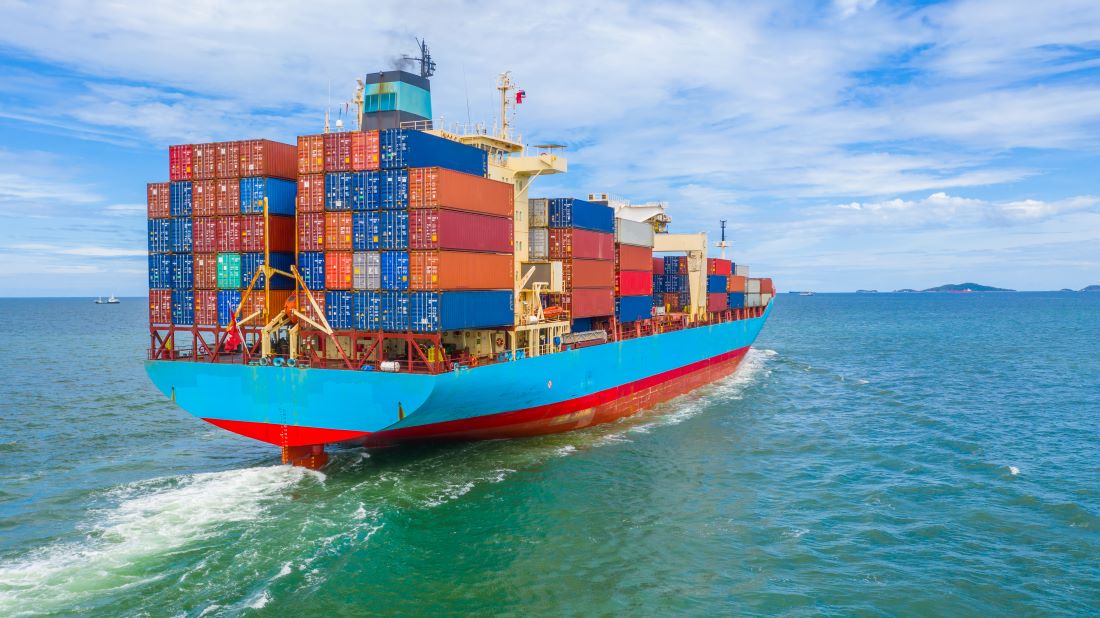
The Panama Canal is one of the world’s busiest and most important shipping lanes.
Every year, the U.S. imports and exports $270 billion in cargo through the canal. It’s also the preferred route for 40% of all container traffic from China to Europe. Needless to say, the route is critical for American and European companies who are importing consumer goods for the holidays.
So, what happened when, in July, the Panama Canal Authority (PCA) had to implement water conservation measures in response to extreme drought in the country? Shipping delays, queues of up to three weeks, and a ship backlog that has surged to around 200 vessels and could take ten months to clear.
Here’s how terminal operators can prepare for the upcoming holiday shopping surge and help alleviate the pressures their carriers are facing.
Adapting to Water Conservation Measures
As a result of the drought measures, carriers have been forced to adapt to:
- Reduced Capacity: At the end of July, the PCA limited traffic through the canal to just 32 vessels per day, down from the physical maximum of 40.
- Lengthy Queues: Thanks to decreased capacity, a queue of around 200 ships has accumulated.
- Reduced Maximum Draft: Because of the lower water levels, the PCA reduced the maximum draft down to 44 feet. This required many vessels to reduce their cargo—further hindering the success of shipments from around the world.
Even when the rainy season arrives and refills the artificial lakes that replenish the canal, it could take up to 10 months just to clear the vessel backlog.
How Shipping Delays Could Raise Operational Expenses
Though these measures have been necessary to deal with the conditions created by the drought, they are posing a formidable challenge to global shipping carriers and terminal operators.
Delayed Transit Times Means Extended Voyages
Carriers must plan for extended voyages thanks to the shipping delays they’ll experience when crossing the canal. This means having to plan for increased fuel consumption as well as food and supplies for crew members.
Shipping Delays Could Lead to Increased Inventory Costs
Extended transit times will lead to delays in delivering goods. This could increase associated holding costs, such as depreciation, insurance, security measures, and shrinkage.
Carriers That Lease Equipment Could be on the Hook for More Money
Carriers that lease containers or other equipment could face additional expenses thanks to longer lease periods and greater risk.
Longer Routes May Be Cost Effective… But Still Costly
Certain carriers may decide it’s best to re-route their shipments through alternative routes, such as around the Cape of Good Hope, to avoid the Panama Canal. This will add time to the journey but may ultimately prove to be a cost-effective measure. Still, the longer transit will mean paying more for fuel, crew expenses, and insurance.
Supply Chain Disruptions Could Mean Chaotic Knock-on Effects
A massive backlog of vessels awaiting transit can cause supply chain disruptions and lead to inefficiencies in scheduling and operations. The results of these disruptions may mean unpredictable, cascading effects on distribution networks that require costly adjustments to mitigate.

How Terminals Can Use Technology to Streamline Operations Despite the Shipping Delays
The restrictions are ongoing, and the full effects on operational expenses may not be fully understood for months. However, there are certain ways that terminal operators can use technology to help alleviate these challenges.
Utilize Advanced Planning Systems to Maximize Efficiency
Terminal operators need sophisticated planning software that can optimize the movement of vessels and cargo containers. These advanced systems take into account factors like when ships are arriving and which berths are available.
Combined with experience and skill, operators can use TOS software to maximize their port’s efficiency.
Select a Software Program with Rapid Feedback and Advanced Reporting
To help get ships in and out of the terminal as quickly as possible to make up for the time lost to delays at the canal, operators should ensure they’re using software programs that enable rapid feedback on terminal, vessel, and container status.
This data can be used to make informed decisions, anticipate bottlenecks, and allocate resources effectively.
Find a TOS Partner That Offers Comprehensive Inventory Control
While delays are causing disruptions throughout the supply chain, optimizing turn times will be more important than ever.
Terminal operators should ensure their TOS solution offers comprehensive inventory control, including real-time access to operations data containers, over-dimensional cargo, rolling stock, hazardous materials, and more.
Tideworks Can Help Manage Shipping Delays and Reduce Queue Times
With nearly 200 vessels awaiting transit and peak queue times of up to 21 days, it will take a massive effort from every member of the supply chain to get things back on track and shipping delays under control – even after the restrictions are lifted.
To help with this, terminal operations managers can rely on technology solutions like Tideworks’ comprehensive suite of TOS products to reduce their terminals’ load and get ships turned around quickly.
Find out more about how Tideworks’ TOS solutions can help your terminal alleviate the strain caused by the delays at the Panama Canal.
